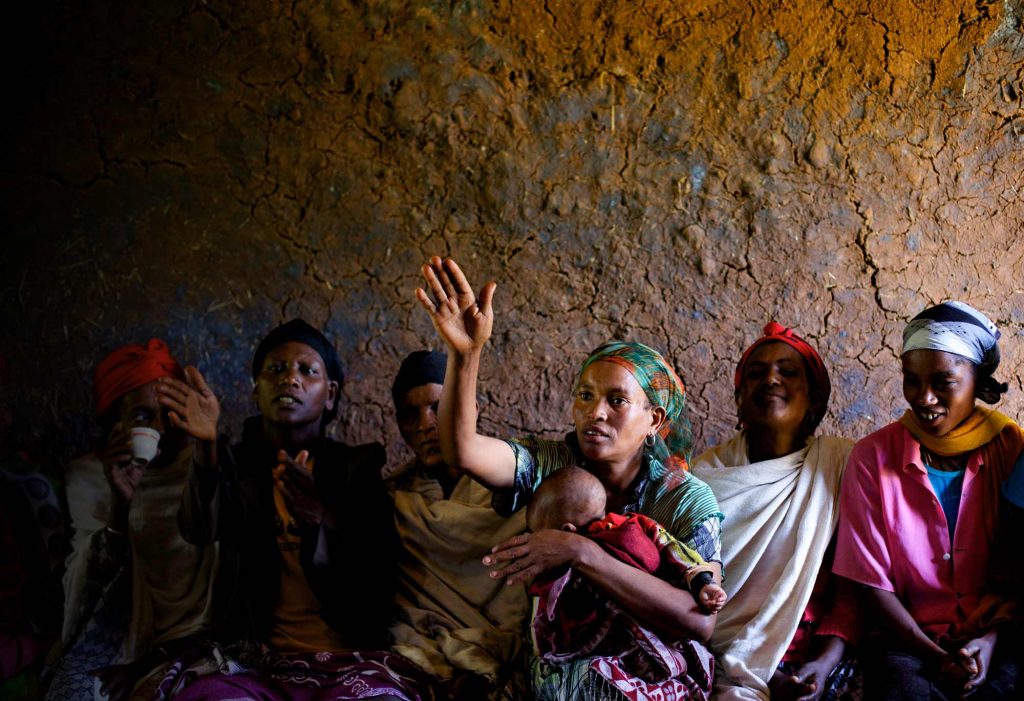
Community Health
Family & Community Health
International Medical Corps works with both residents and their leaders within the communities we serve to promote and support programs and other efforts that improve access to basic health services.
An example of this approach, known as integrated community-based case management, is used to treat common childhood illnesses such as diarrhea, chest infections, malaria and acute malnutrition. It relies on local residents—community health workers and members of village health committees—to promote and conduct health education and support social behavior change.
Actively seeking out and involving community residents is key to implementing effective community-level programs, which is why International Medical Corps pursues this approach at every stage of the program cycle. We believe community ownership and stewardship are crucial ingredients to build sustainable programs that ultimately contribute to better health outcomes for all.
Our approach aims to:
- Mobilize members of the community to advocate for their own health and for better health outcomes.
- Train, support and supervise community health workers and volunteers.
- Educate and inform community residents about positive health-seeking behaviors and create demand for quality services.
- Engage with and enable communities to actively participate in and contribute to health programming.
Our Response
Our work to improve the level of health among those who live in the communities we serve is grounded in strong and meaningful community engagement and involvement. We achieve this by involving community leaders and partners, as well as by drawing on expertise already present in the community, employing local residents where possible. In fact, about 90% of International Medical Corps staff of more than 7,000 worldwide is made up of local employees.
The use of community-based programing creates more favorable outcomes than alternatives because the program becomes a better fit for the community and increases local buy-in. As an example, community outreach workers have often been extremely successful in promoting community health education. Six years ago, a young woman named Azeb led a group of youths in the Ethiopian town of Damut Pullasa, educating them on sexual and reproductive health. The group grew to 150 youth in just a few months and in the years since has generated incredible impact on the community—with Azeb even acting as a mentor to younger girls who had nowhere else to go.
Results such as this could not have been achieved without the involvement of members of the community. Our use of community health is part of an integrated strategy and present in all of our work, including water, sanitation, and hygiene (WASH); nutrition; mental health and psychosocial support (MHPSS); and more.
We have implemented family and community health activities in some 80 countries on five continents over the past 35 years.
Community engagement has been shown to increase health behaviour outcomes by 33%, and social support by 41%.
Minimum standards set by Sphere indicate that there should be one community health worker for every 1000 people in a population during an emergency.